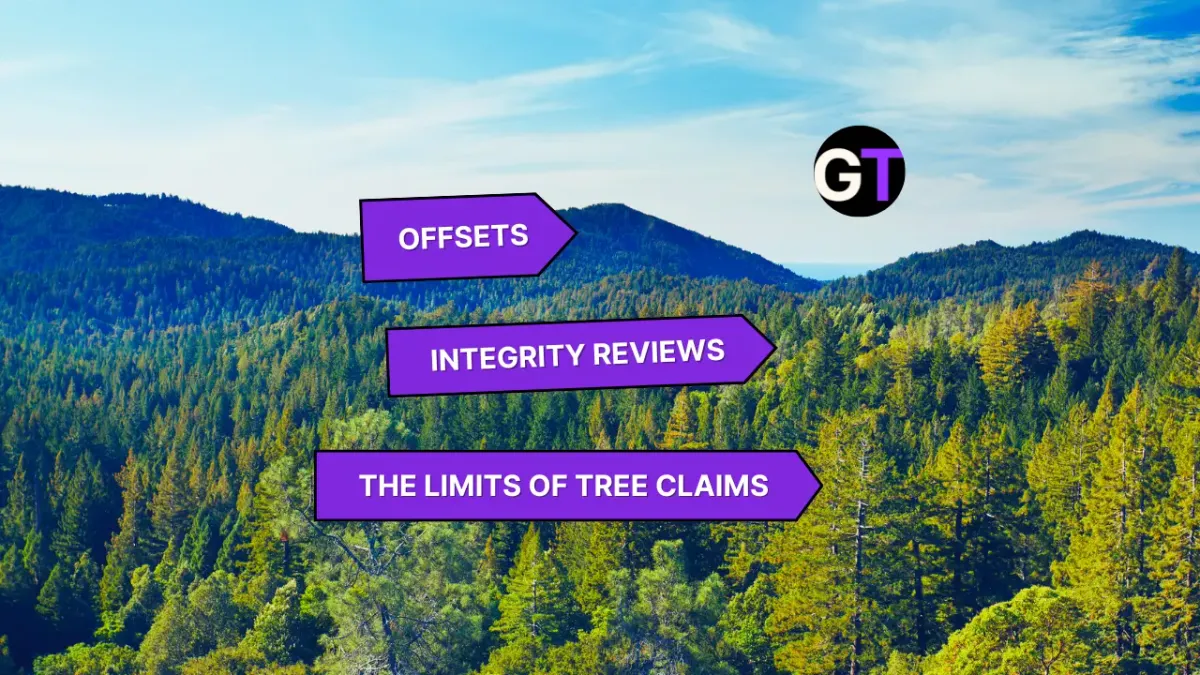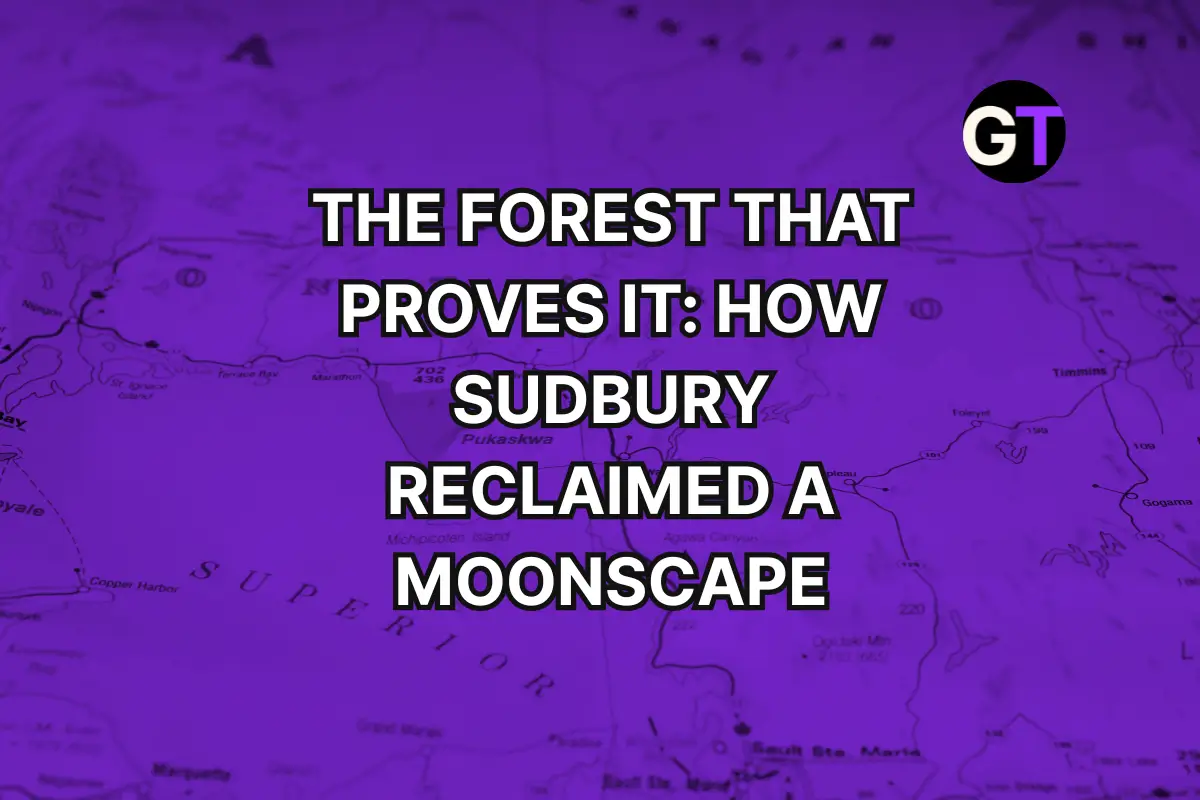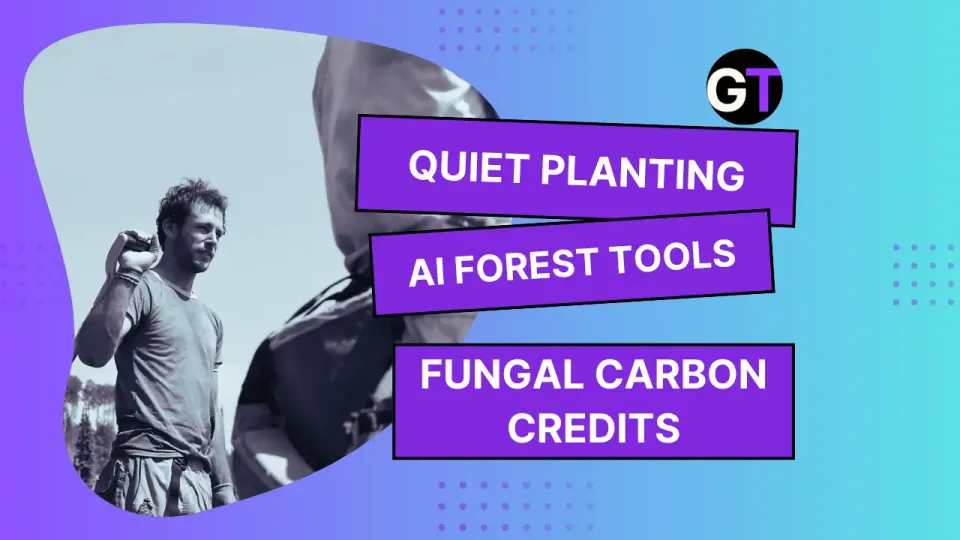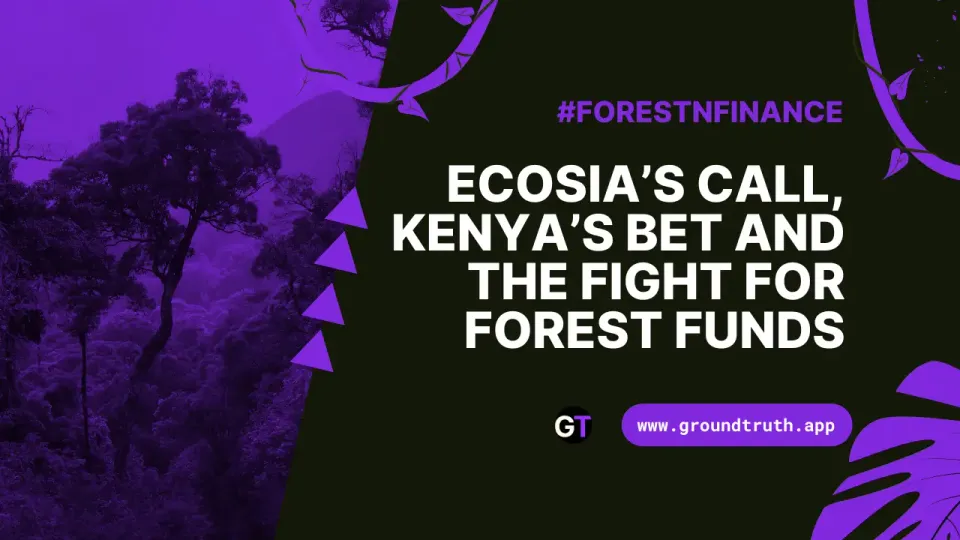Offsets, Integrity Reviews and the Limits of Tree Claims
Carbon credit critique, satellite monitoring, reforestation science, and mycorrhizal markets—forest data and debate in focus this week.

Are Carbon Offsets Fixable? A Sweeping Review Investigates
A major new review in Annual Review of Environment and Resources takes a magnifying glass to carbon offsets — and what it finds isn’t pretty. From overcrediting to impermanence, the paper says the problems aren’t just fixable bugs, but fundamental design flaws. The verdict? Most offsetting as we know it today is unlikely to deliver real climate benefit. Only a narrow slice of rigorously verified carbon removals might still cut it. The authors call for a bold pivot: less offsetting, more contribution claims, and a serious upgrade in integrity. In short, the offset emperor may be underdressed.
Chris Lang of REDD Monitor says the verdict is clear: offsets don’t work and legitimize continued emissions. Elias Ayrey of Renoster argues we can fix the system — but only if legacy credits are voided and integrity comes first. And Renat Heuberger opines that many critiques aren't actually technical, but ideological — rejecting offsets not for what they are, but for what they represent. He urges the climate community to grapple with the hard question: if we abandon carbon markets, what scalable alternative will fund global forest protection?
💬 What do you think: is this market fatally flawed, or still salvageable with the right reforms?
👉👉 Read the paper in Annual Reviews
Edinburgh Digs In for a Greener Scotland
The University of Edinburgh has kicked off a massive native woodland revival, planting the first of 570,000 trees across Stirlingshire and the Pentlands. With 5,600 hectares slated for regeneration, the initiative doubles as a climate solution and a biodiversity lifeline. Teaming up with the Royal Botanic Garden Edinburgh, the project blends science, community sweat, and a dash of hope to give species like wych elm and crab apple a fighting chance in a warming world.
💬 What does it take to turn large-scale tree planting into long-term ecosystem resilience—and who ensures the trees survive past year one?
👉👉 Read more here
Nature, Climate, or Justice — Sometimes Allies, Often Rivals
In Nature, Climate, or Justice, David Valerio takes a hammer to the comforting narrative that climate action, biodiversity protection, and social justice are always rowing in the same direction. Spoiler: they’re not. Whether it’s solar farms steamrolling fragile desert ecosystems or the Global South being asked to decarbonize without the energy tools that built the Global North, Valerio argues it’s time we stop pretending there’s a win-win for everyone. These aren’t just complex puzzles with elegant solutions—they’re trade-offs.
💬 So the question becomes: when climate, nature, and justice pull in different directions, who gets to choose which one leads?
👉👉 Read more at Discern Earth
Rapid Monitoring of Global Land Change — A Real-Time Watchdog for the Planet
A new satellite system, DIST‑ALERT, is now quietly keeping tabs on Earth’s vanishing greenery — and it’s got receipts. This near-real-time tool scans the globe at 30 m resolution, spotting everything from deforestation and urban creep to fire and drought damage. In 2023 alone, it caught 28.6 ± 7.6 Mha of human-driven land conversion and another 14.9 ± 4.3 Mha scorched by fire — together, that’s a California-sized dent in global vegetation.
💬 It’s a milestone for environmental monitoring: sharp, fast, and global. But here’s the kicker — will anyone actually do anything with all this data, or will it just sit there looking pretty on a dashboard?
👉👉 Read the study in Nature Communications
Quality Carves Up the Afforestation/Reforestation Market
The ARR (Afforestation, Reforestation & Revegetation) carbon credit market is splitting in two: quality credits are becoming scarce, while lower-quality projects struggle to stay afloat. Micah Macfarlane of Carbon Direct warns that demand is outpacing credible supply, with only half of needed high-grade credits likely to be met by 2030. Of 123 ARR projects under Verra, many have already retired most or all credits—evidence that buyers are betting on reputation, not quantity. Meanwhile, projects with monocultures or non‑native species are being shunned. Forward contracts for high-integrity credits now trade at $50–70/tonne, while spot prices for lesser projects land between $1 and $33.
💬 If quality now defines which projects survive, is the carbon market evolving—or merely exposing its weaknesses?
👉👉 Read the blog at OPIS
Canada’s Forests Are Drying Faster — Scientists Sound the Alarm
At the Canadian Institute of Forestry’s 117th conference in Thunder Bay, researchers warned that rising temperatures are rapidly drying out Canada’s forests — decreasing fuel moisture, ramping up wildfire risk, and threatening the resilience of entire ecosystems. While traditional forest management focused on timber yield, speakers stressed it's time for adaptive strategies tuned to climate extremes.
💬 If reforestation, fuel load, and forest health data were fully transparent and public, how much faster could we detect, respond to, and prevent catastrophic forest loss — and would academia (and society) gain far more than just better dashboards?
👉 👉 Read more on CBC
Japan’s Forests, Foreign Buyers, and the Regulatory Vacuum
In 2024 alone, foreign investors bought 382 hectares of Japan’s private forests — roughly the size of 81 Tokyo Domes — with most purchases clustered in scenic Hokkaido. These buyers, often from China and Hong Kong, cite “long-term asset ownership” as their motive, though many plots have quickly been repurposed for solar projects and residential development. Yet Japan still has no restrictions on foreign forest ownership — and even officials admit pre-2005 land deals are a black box.
💬 Is Japan's natural heritage being slowly sold off, acre by acre, while regulators remain asleep at the wheel?
👉 👉 Read more in Japan Forward
Is the Greatest Threat to FSC Its Own Members?
Peter Feilberg warns that FSC’s biggest threat isn’t chainsaws or climate change—it’s the very members who are supposed to protect it. The system has ballooned under procedural complexity, with motions upon motions choking decision‑making. Meanwhile, integrity is slipping: audit investigations suggest 20–30% of chain-of-custody claims might be false. Feilberg argues that unless FSC slashes red tape, enforces real supply‑chain verification, and starts prepping forests for climate realities—not just preserving the status quo—the brand risks becoming a relic people stop trusting.
💬 If your own champions become your biggest liability, how do you shift power from process to purpose?
👉 👉 Read the blog in Preferred by Nature
The Second D: Degradation
New AI-enhanced analysis by Chloris Geospatial (paper by Steve Zwick) reveals a worrying shift in Amazon forest loss. While deforestation—the “first D”—is slowing in Indigenous territories and REDD+ projects, degradation is quietly picking up speed. This “second D” refers to the thinning of biomass from stressors like fire, drought, and selective logging. It’s sneakier than clear-cutting, but just as dangerous—especially when half of it is driven by climate change itself. From 2017 to 2024, unprotected lands lost biomass at three times the rate of Indigenous territories with state backing.
💬 If climate-driven degradation is now the leading cause of forest carbon loss, and Indigenous stewardship is the best line of defense—why is so little climate finance going to support it?
👉👉 Read more at Chloris Geospatial

Edited by Chris Harris

This work is licensed under a
Creative Commons Attribution 4.0 International License.





